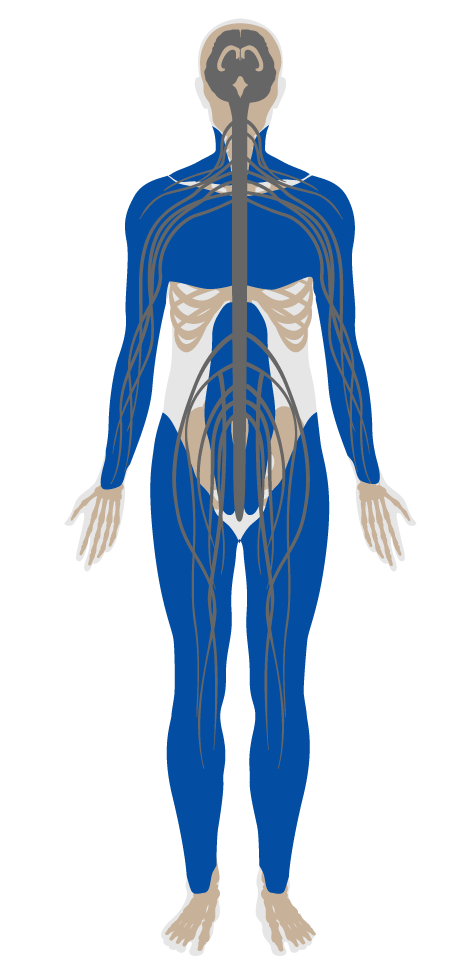Low-glare workstation design
- 53 Visual lighting design
- 54 Circadian lighting design
- 55 Electric light glare control
- 56 Solar glare control
- 57 Low-glare workstation design
- 58 Color quality
- 59 Surface design
- 60 Automated shading and dimming controls
- 61 Right to light
- 62 Daylight modeling
- 63 Daylighting fenestration
- P2 Light at night
- P3 Circadian emulation
57. Low-glare workstation design
To minimize visual discomfort by situating computer monitors in a way that avoids glare and luminance contrast.
Glare is commonly generated when high-intensity electric or natural light reflects off glossy surfaces that may be positioned at suboptimal angles in and around occupant spaces, in relation to windows. The resulting discomfort can be a hindrance to an otherwise comfortable and effective work environment. Adjusting the angle at which the light hits a surface can help guide the light away from reflecting directly into the eye, thereby avoiding glare.
The following requirements are met:

Applicability Matrix
| Core & Shell | New & Existing Buildings | New & Existing Interiors | |
|---|---|---|---|
| Part 1: Glare Avoidance | - | O | O |
| Commercial Kitchen | Education | Multifamily Residential | Restaurant | Retail | |
|---|---|---|---|---|---|
| Part 1: Glare Avoidance | - | O | - | - | - |
Verification Methods Matrix
| Letters of Assurance | Annotated Documents | On-Site Checks | |
|---|---|---|---|
|
PART 1 (Design) Glare Avoidance |
Visual Inspection |
| 57.1.a |
The Ontario Ministry of Labour's "Computer Ergonomics: Workstations and Lighting" recommends that worker's line of sight is parallel to the plane of windows. |
